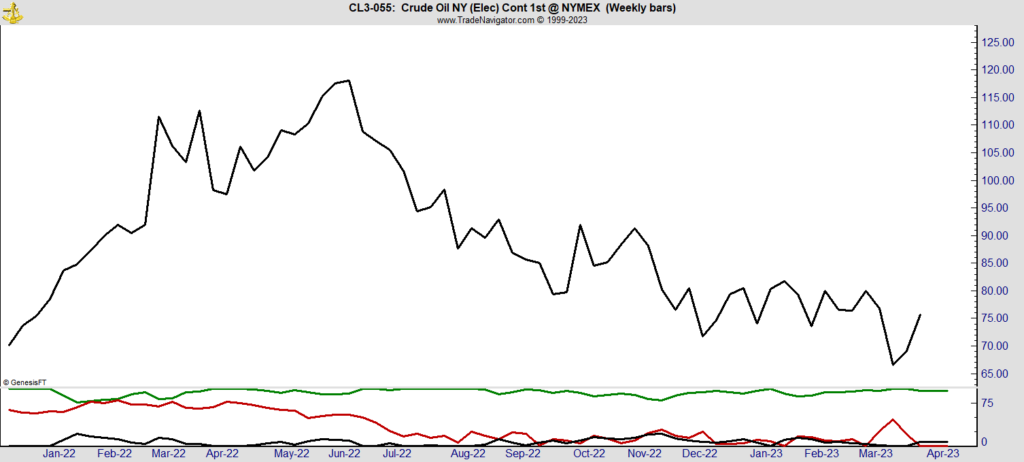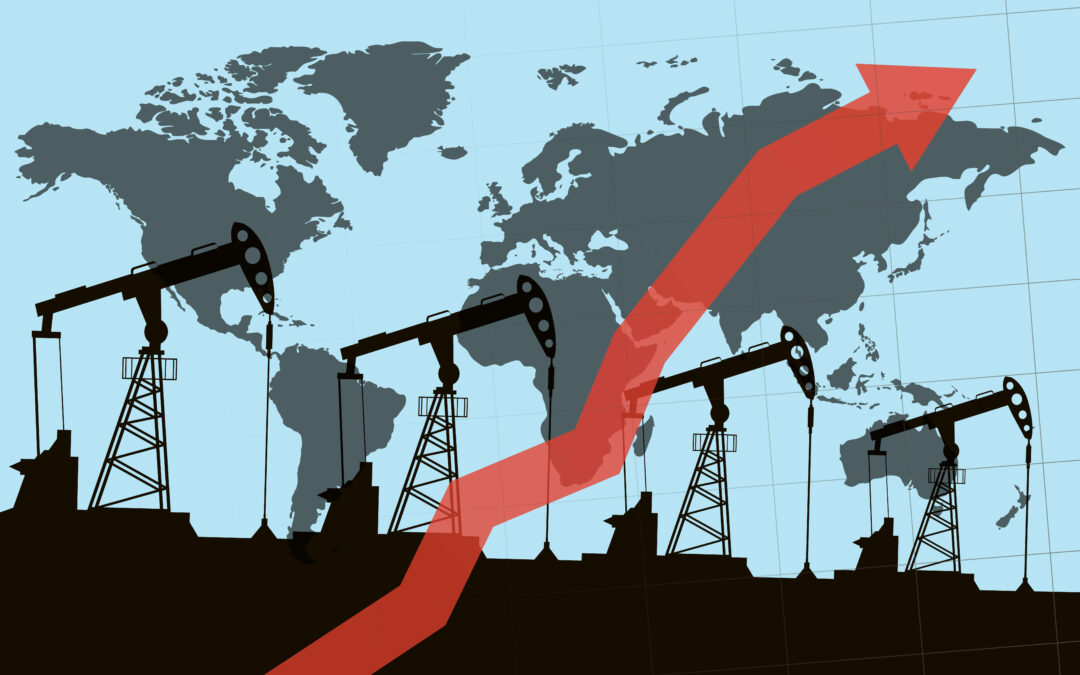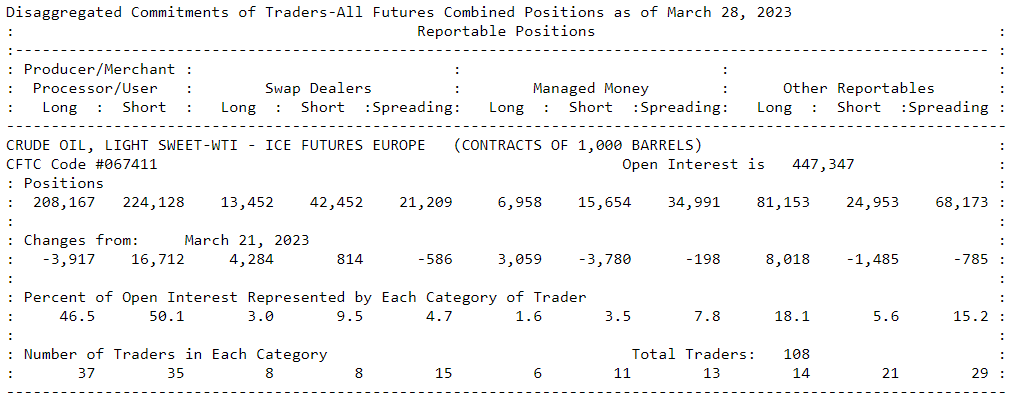Over the weekend, OPEC surprised everyone. Well, almost everyone.
Saudi Arabia convinced several member countries to join in a production cut. The group will slash production by more than a million barrels a day. That’s on top of a 2 million barrel per day cut announced in October.
This represents about 3% of the global supply. And it comes as global economies are growing and oil demand is increasing.
In simple economics, less supply and more demand mean higher prices. But it doesn’t always work that way with oil.
Prices have fallen since OPEC’s October surprise. But the latest cut comes at an important time of year.
Spring is here, which means the summer travel season is just around the corner. Gas demand will rise, and prices will likely rise along with it.
Before we get into why this year is different, here’s something you may not know about the oil and gas industry…
Refiners make different grades of gasoline at different times of the year. Summer-grade gas, for example, is designed to evaporate less in the summer heat. That helps improve air quality.
Summer-grade gas is more expensive to produce, and refiners need to start processing summer-grade gasoline by May 1. That’s why prices generally rise in the summer.
And the OPEC production cut adds to the price pressures consumers would’ve already faced at the pump.
This is bad news for all consumers — you and me included.
But if you’re invested in energy stocks, this is the exact catalyst you’ve been waiting for.
The question then becomes: Will this oil rally sustain itself?
I believe it will. And that’s because the biggest money in the oil market does as well…
Professional Oil Traders Have to Commit
While the news from OPEC surprised most of us, the oil futures market shows one group was expecting higher prices.
Futures markets offer unique data. The U.S. government knows who buys every single contract. Every week, it shares this information in the Commitments of Traders (COT) report.
This report assigns each contract to one of three groups:
- Small speculators: Traders like us, who buy just a few contracts at a time.
- Large speculators: A group that includes hedge funds and large institutional investors.
- Commercial traders: This might be the most important group. Commercial traders are firms that hedge their risks. In oil markets, commercials are drillers, refiners and large users such as airlines.
Trying to read the report can be confusing. Data from a recent report is shown below:
In technical terms, it’s a bunch of numbers without any context. We need to understand context if we want to make sense of the data.
In the chart below, I converted the raw data of the past six months of COT reports into indexes at the bottom with the oil price above.

Each line shows how bullish or bearish the current position is compared to how bullish or bearish the group has been over the past two years. High values of the index are bullish. Low values are bearish.
Right now, commercials (green line) are bullish. They have been for more than a year. Hedge funds (black line) and individuals (red line) have consistently been bearish over that time.
In the long run, we expect commercials to be correct on the direction of trends. After all, they must be. If they weren’t good at managing their risk, they would go out of business.
Think of it like this: Oil drillers have inside knowledge of the business very few speculators or hedge funds could ever know. As just one example, drillers know how much oil they’ll have on-hand six months out. Their job is to lock in prices to sell oil for the next six to 12 months.
If they are bullish on oil today, that means they’re expecting higher prices.
So with commercials so consistently bullish on oil, and from such an informed perspective, we too need to prepare for higher prices over the long run.
Don’t Doubt the Oil Sector Experts
This is bad news for consumers. But it’s great news for energy investors.
Higher prices could reinvigorate production in the U.S. and restart drilling across the country.
This benefits not just oil producers but also oilfield service companies and companies located near drillers.
This is turning into good news for investors in the energy sector. You can benefit, too. It’s as simple as buying an exchange-traded fund like the SPDR S&P Oil & Gas Exploration & Production ETF (NYSE: XOP).
But this is especially good news for readers of Adam O’Dell’s 10X Stocks research advisory.
You may remember Adam put out a presentation in December about the state of the oil and energy markets. He called it a potential “Oil Super Bull” that would take oil prices higher than anyone anticipated.
The action in the oil markets afterward may have had you doubt Adam’s idea. Prices fell from $80 a barrel to under $70.
But he, like the commercial traders, has held firm.
He’s been recommending quality energy stocks to benefit from this trend, even into the downturn. And he’s not stopping at just oil. Natural gas and renewable energy are also a part of this story. All told, his six current energy-based recommendations are averaging a 19% open gain since he started adding them to the 10X Stocks model portfolio in June 2022. The broader S&P 500 has gained only 5% over that same time frame.
I would recommend watching Adam’s presentation with fresh eyes.
Remember, he’s taking the long view here. Oil and the broader energy sector may well be the trade of the 2020s. If you want to participate in that super bull, Adam’s got you covered with 10X Stocks.
Until next time,

Mike Carr
Senior Technical Analyst






